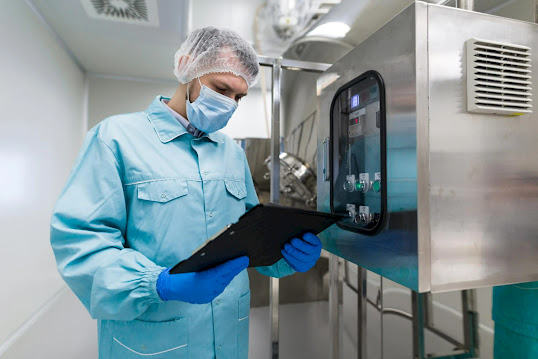In the realm of scientific research, precision, accuracy, and reliability are paramount. While much attention is often placed on equipment and methodology, one critical element that often goes unnoticed is laboratory air management. The quality, purity, and control of air within a laboratory environment play a vital role in ensuring the integrity of experiments, the safety of personnel, and the longevity of sensitive instruments. In this article, we explore why laboratory air management is essential and how it directly impacts the success of scientific research.
1. Ensuring Experimental Accuracy
Contaminants in laboratory air, such as dust, volatile organic compounds (VOCs), and microbial elements, can significantly skew research results. In fields like microbiology, chemistry, and pharmaceutical development, even trace amounts of impurities can cause errors in experimental outcomes. Proper air filtration systems such as HEPA (High-Efficiency Particulate Air) filters are designed to remove particulates and contaminants, thereby safeguarding experimental accuracy.
2. Protecting Sensitive Equipment
High-tech laboratory instruments such as spectrometers, chromatographs, and electron microscopes are sensitive to environmental conditions. Poor laboratory air quality can lead to the accumulation of dust and corrosive gases, which may degrade the performance or lifespan of this equipment. Controlled air environments help minimize equipment downtime and reduce maintenance costs, ensuring reliable operation and consistent results.
3. Enhancing Researcher Safety
Many scientific processes involve hazardous chemicals, biological agents, or radioactive materials. Effective laboratory air management systems, including fume hoods, biosafety cabinets, and exhaust ventilation, are critical for protecting researchers from inhaling dangerous substances. Proper air exchange and purification systems also help control temperature and humidity, contributing to a healthier and safer working environment.
4. Meeting Regulatory Standards
Laboratories must adhere to strict health, safety, and environmental regulations. Maintaining optimal laboratory air quality is often a requirement for compliance with local and international standards, such as ISO/IEC 17025, Good Laboratory Practice (GLP), and guidelines from organizations like OSHA, CDC, and WHO. Non-compliance can result in penalties, project delays, or loss of accreditation.
5. Preserving Sample Integrity
Biological and chemical samples are often highly sensitive to environmental conditions. Changes in temperature, humidity, or air composition can compromise sample integrity, leading to degradation or contamination. By managing laboratory air quality, researchers can maintain controlled conditions that preserve sample stability and ensure reliable long-term storage.
6. Supporting Cleanroom Operations
In fields like biotechnology, nanotechnology, and semiconductor research, cleanrooms are essential. These are specialized environments with tightly controlled laboratory air parameters to eliminate airborne particulates and microbes. Cleanroom air management systems ensure the cleanliness class required for ultra-sensitive research, making them indispensable in advanced scientific studies.
7. Energy Efficiency and Sustainability
Modern laboratory air management systems are designed not only for performance but also for energy efficiency. Systems like variable air volume (VAV) fume hoods and energy recovery ventilators (ERVs) help reduce energy consumption while maintaining high air quality. Sustainable air management practices align with the growing emphasis on green labs and environmentally responsible research.
8. Reducing Cross-Contamination
In multi-disciplinary labs where different types of research are conducted simultaneously, cross-contamination can be a significant concern. Well-designed laboratory air systems prevent air from flowing from contaminated to clean areas. Zoning, pressure differentials, and airlocks are commonly used to isolate spaces and maintain the integrity of research environments.
Conclusion
The importance of laboratory air management cannot be overstated. It underpins the reliability of research outcomes, the safety of personnel, the protection of equipment, and the ability to meet regulatory standards. As scientific research continues to evolve and demand higher levels of precision and safety, investing in advanced air management systems is not just beneficial—it’s essential. Laboratories that prioritize air quality are better positioned to produce credible research, attract funding, and contribute meaningfully to scientific advancement.

Comments
Post a Comment